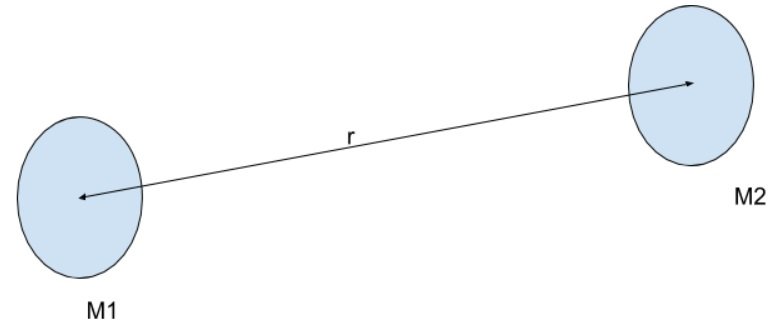Home » EasyPhys » Advanced Mechanics » Motion in Gravitational Fields » Apply qualitatively and quantitatively Newton’s Law of Universal Gravitation
Apply qualitatively and quantitatively Newton’s Law of Universal Gravitation
– Determine the force of gravity between two objects ?= ????2
Newton’s law of universal gravitation
It states that every particle attracts every other particle in the universe with a force which is directly proportional to the product of their masses and inversely proportional to the square of the distance between their centers
Note : For astronomical objects , we use Newton’s Law of Universal Gravitation with added simplification – large, spherically symmetrical masses attract and are attracted as if all their mass were concentrated at their centers (Result of shell theorem)
Which means if there are two spherically symmetric objects, they will attract each other with a mutual force of attraction

The force of attraction between these two objects is
- proportional to the product of their masses :

- inversely proportional to the square of the distance between their centers :

Hence ![]() ,
,
- Where G is known as the universal gravitational constant.
- G = 6.67408 × 10-11 m3 kg-1 s-2
Note : If the objects are not spherically symmetrical , we take the distance from a point in the object called their center of gravity or center of mass.
Extract from Physics Stage 6 Syllabus © 2017 NSW Education Standards Authority (NESA)
